How powerful USB charger should I use with my equipment?
It's always the connected USB devices which control how much power it will draw from a USB charger - not the other way around. So you can not buy a too powerful USB charger, thus damaging the equipment.
The more powerful USB charger, the more power the attached devices will also be able to draw, and thus obtain the potentially fastest charging time.
If a USB device is designed for maximum Max 1A input, it will not be able to draw more than this, just because you connect it to 2A based USB charger instead. However, there are big differences in quality of USB chargers (and cables), so by using a better / stronger USB charger you wil ensure it actually also have enough power available. Secondly the conversion efficiency is also typically better, in better/stronger chargers, so it will overall also lower the electricity bill.
Many standard / cheaper USB chargers specified for example with 1A/2A Output will in real life only be able to deliver 70-80% of this. So by using a stronger quality USB charger instead (eg. With 2.4A/3.4A output), the attached devices will thus able to draw it's full potiential, and thereby actually charge 20-30% faster.
What is Smart IQ (Auto Detection)?
Apple products do not follow the regular USB standard and therefore USB chargers typically needs to be optimized for either Apple products or others, like Android. This limits the functionality significantly.
Secondly some USB Chargers / Powerbanks har multiple ports with different output ratings (ex. 1A and 2A)
With Smart-IQ Auto Detection the connected devices will be automatically detected as Apple or Non-Apple, and thus all USB devices will have full functionality on any available USB ports.
My Apple device say "not charging" when I use it with non-Apple chargers?
It is normal for Apple products depending on model, IOS version, cable etc. to say "not charging" when non-Apple chargers / cables / power bank etc. are detected. Apple primarily want you to use their own products only. However they should still be able to be charged!
Does charging time differ?
It is always the connected devices that control how much power they draw from a USB charger - NOT the charger that controls how much power delivered to the device.
One should actually just make sure that the USB charger has enough available power (Ampere output) for the connected device(s). If a USB charger can not actually deliver the needed power, the charging will thus also take longer.
In addition, cable length and quality also affect results. It is NOT given that USB cables can deliver the full potentiall needed by the attached device.
No products will draw their maximum input power during a full charging cycle. This fluctuates with the battery capacity (typically only high power between the 30-70% battery), cable quality and length, temperature / air humidity and other conditions they might be designed for.
So charging time can vary according to the conditions. Typically mainly fluctuates based on remaining battery capacity and cable used (if you use different cables, you might notice different results). Last but not least, many cheap / no-name USB chargers are not able to deliver their specified output ratings.
When should I consider a USB-PD (Power Delivery) and/or Quick Charge capable USB charger?
Your equipment should be decidedly USB Power Delivery (USB-PD) and/or Qualcomm Quick Charge compliant to charge faster on a USB-C PD and/or a Quick Charge chargers. Check your documentation on your various devices (Many newer hi-end Smartphones and tablets etc. has a USB-C connection, however this does not necessarily mean they also support USB Power Delivery. iPhone 8 and ahead support USB PD.
A Quick Charge USB and/or USB PD capable charger can also charge ordinary - non QC/USB-PD compatible - USB devices, but at lower (regular) speed.
Why should I buy a USB charger from Chill?
USB chargers are available in many grades and price points. It is basically not products which people care much about, despite typically used daily. Therefore, most USB chargers are made with a focus on price, and that means they typically compromise on performance, conversion efficiency and safety features.
All USB chargers from Chill focus on performance / ratings and ultra high conversion efficiency (which lower the energy bill), as well as extended safety and functionality.
If you use a USB charger daily, then a decent USB Charger from Chill / Deltaco could quickly pay for itself, due to electricity savings. They all offer a higher conversion efficiency compared to most original / cheap / no-name USB chargers.
USB chargers are basically cheap to produce, so we think it is simply foolish to cut corners just to save a few bucks. The price difference between a cheap / poor USB charger and a high-quality real rated USB charger with good safety is minimal.
So stick to branded USB chargers from reputable sellers and always avoid USB Chargers and Powerbanks from Asia platforms (most are fake specs and fake CE rated with poor safety to keep price down)
What about cheap USB chargers from foreign trading platforms?
The cheap USB chargers you often find on foreign / Chinese trading platforms have basically two problems:
1. The output rating (ampere) is not credible. They often can not deliver the promised output continuously.
2. The safety is questionable, as this represents a large part of production costs. Often they are fake CE / FCC marked. It is expensive and difficult to meet CE safety regulations, which is required in EU. You can be pretty sure they do not spend these money on a cheap USB charger - but it is very cheap to just print the CE mark.
Besides the increased risk for short circuit, fire and shock it also affect the attached equipment. Cheap/poor USB chargers usually also have a lot of electronic noise/fluctuations (Ripple), which will cause unnecessary wear and tear on the devices and batteries.
In general USB Chargers are inexpensive, so don't cut corners on safety. Stick with reputable EU based brands/sellers like Chill to ensure higher quality and safety.
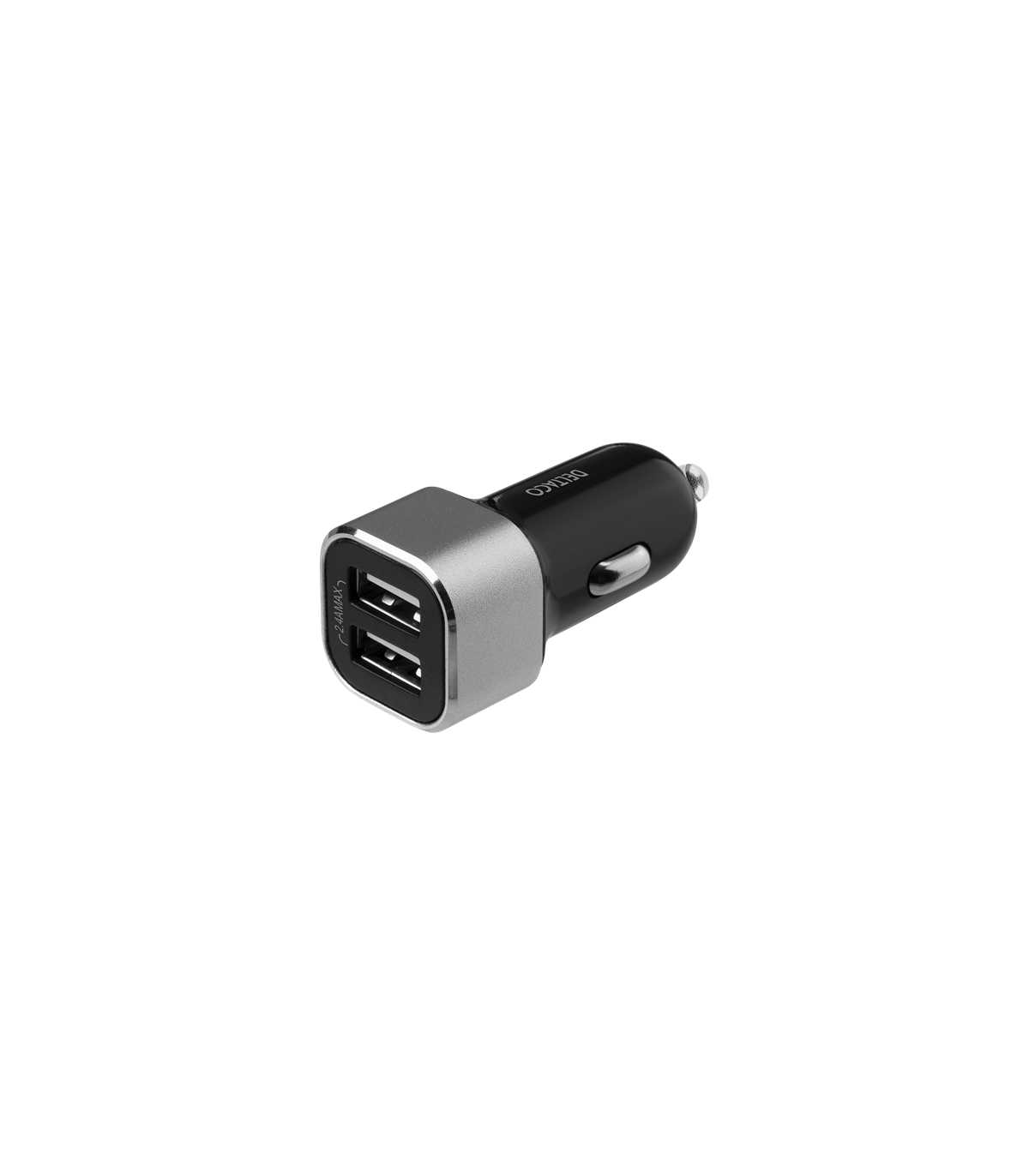




















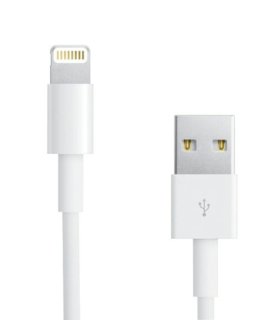



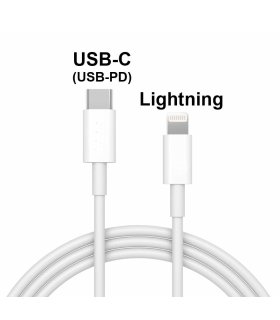

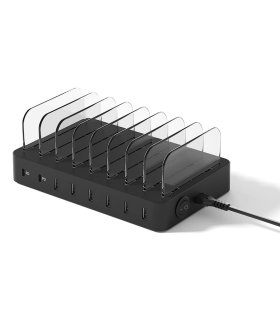



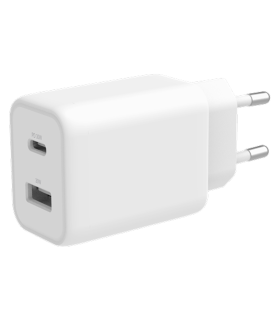







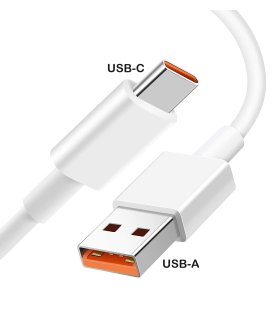

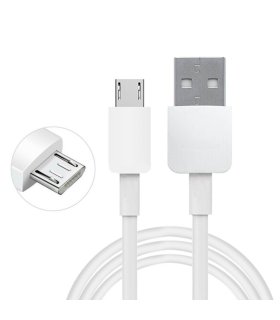



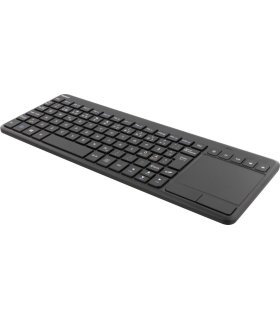

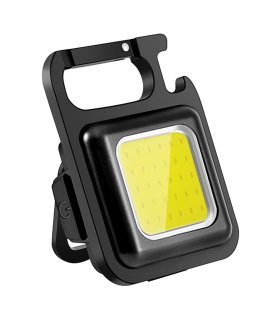

Leave a review